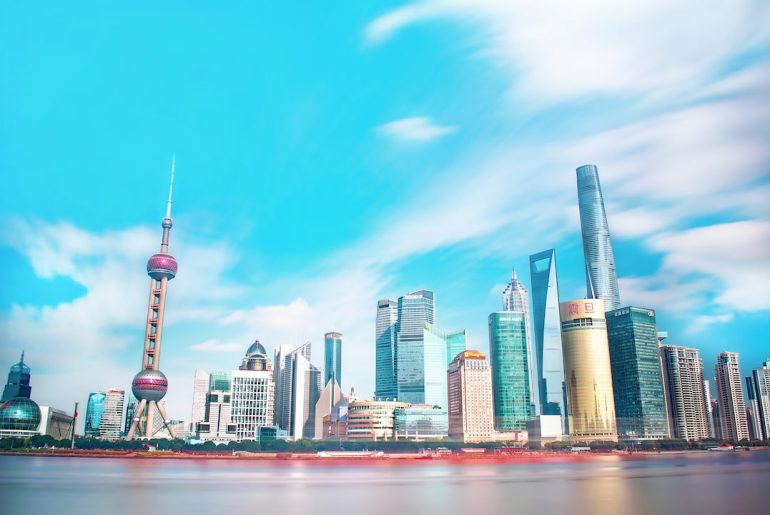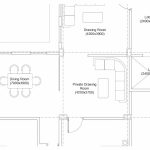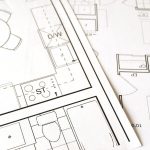Before we get into the various sustainable building examples, let us first understand what sustainability actually is. Sustainability is the way to create products and services that are required by humans by keeping in mind the impacts that the product or service might have on the environment. Sustainable design is the process of designing spaces that reduce the negative impacts it causes on the environment. The main objectives of a sustainable design are to minimize waste and reduce the usage of non-renewal resources, thereby creating healthy and productive environments for people to live in. Such designs improve building performances because they consider the building occupants’ health and well-being and the entire environment.
Buildings constructed in today’s world mostly emit carbon dioxide into the air which causes a considerable threat to the environment. Global warming is one such threat that is caused by such buildings. Global Warming is the long-term heating of the earth which is caused mostly due to the burning of fossil fuels, methane, and other poisonous gases into the environment. Sustainable designs or Eco-friendly designs are the only way to save our Earth from getting degraded as such designs are energy-efficient, environmentally friendly, built of green/recycled materials, and use alternative energy resources.
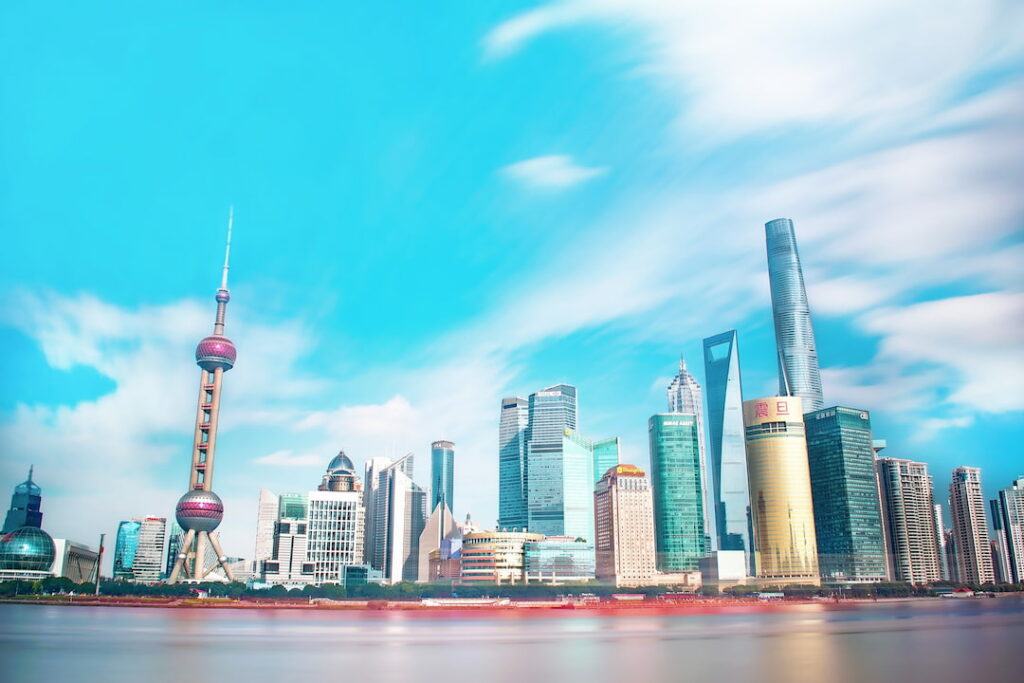
So as we can see, sustainable architecture is the future of living on Earth as it seeks to minimize the negative impacts on the environment. The use of sustainable or eco-friendly design is to ensure that future generations do not have to suffer from all the things we have done to our planet in the name of “comfort.” Today, the most important thing while designing a building is not that it should be big, bold, and beautiful but it must also be green and eco-friendly. Now, let us briefly look at some sustainable building examples and understand how they function.
Sustainable Building Examples
Shanghai Tower, China
Shanghai Tower, which stands 632 meters tall and is the second tallest building in the world, is considered to be a model of sustainability by various designers and architects of the world. The features incorporated in the building include wind turbines that are placed on the top of the structures that help power the outer lighting of the entire building as well as parking areas, transparent inner and outer skins located in the building help bring in natural light that cuts down the need for artificial lighting. Other features include smart control that monitors HVAC which helps cut down energy costs. Architects who designed the tower believe that it will save around $556,000 in costs due to the lighting controls alone. This, along with the other features, will help reduce the building’s carbon footprint by 34,000 metric tons annually.
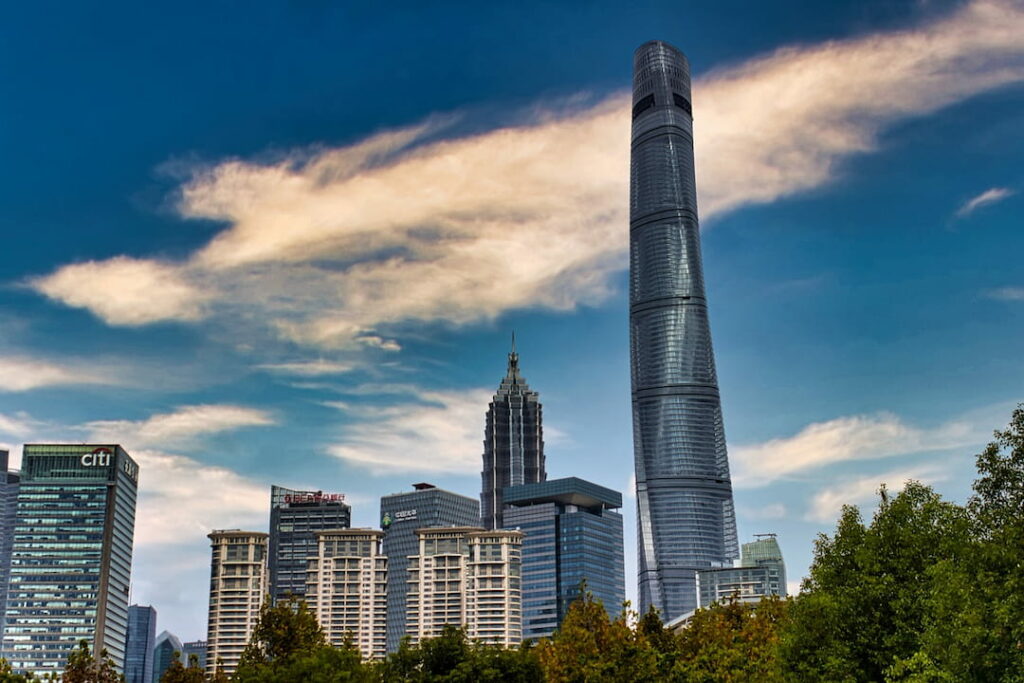
The Crystal, UK
The Crystal located in London, UK is one of the most sustainable buildings present in the world today. It has outstanding ratings in LEED (Leadership in Energy and Environmental Design) and BREEAM (Building Research Establishment Environmental Assessment Methodology). This building runs entirely on electricity that is generated using photovoltaic solar panels. The lights are a combination of LED and fluorescent lights, that switch on and off according to the amount of natural light present. There is a huge rainwater harvesting system in the building and the sewage produced by the building is treated, recycled, and reused on-site. The building is said to offer a fossil-fuel-precision of the future.
One Bryant Park, USA
One Bryant Park is a high-rise building located in New York, USA. It is one of the first high-rise buildings to get the LEED Platinum Certification and is considered to be one of the world’s greenest skyscrapers. The green features of the building include waterless urinals, LED lighting, CO2 monitors, and so on. The building also has a generation plant that makes around 4.6 megawatts of sustainable energy.
Manitoba Hydro Place, Canada
Manitoba Hydro Place is located in Winnipeg, Canada. The main features of this building include passive design strategies and natural ventilation. It also has geothermal systems installed that help regulate the temperature of the building. The roof gardens and triple-glazed windows of the building help give it a natural feel. These features help save around 60% of energy and make it one of North America’s most energy-efficient buildings.
One Angel Square, UK
One Angel Square located in Manchester, UK, is the headquarters of the Co-operative group. It houses around 3,000 employees and has been awarded an outstanding BREEAM rating. The building is powered by a pure plant oil-fed CHP (Combined Heat and Power) system. The system uses rapeseed oil that grows on the Cooperative group’s own farm. The excess energy produced is sent back to the grid. Green features of the building include LED Lighting, rainwater harvesting, and wastewater management.
